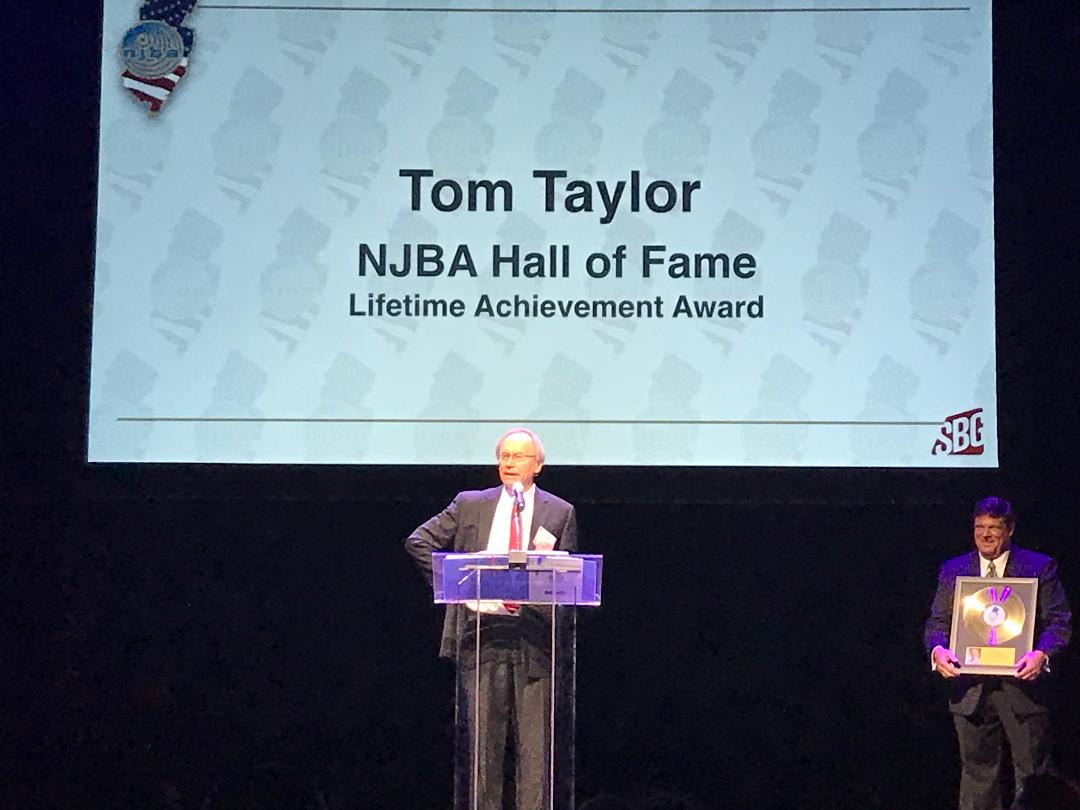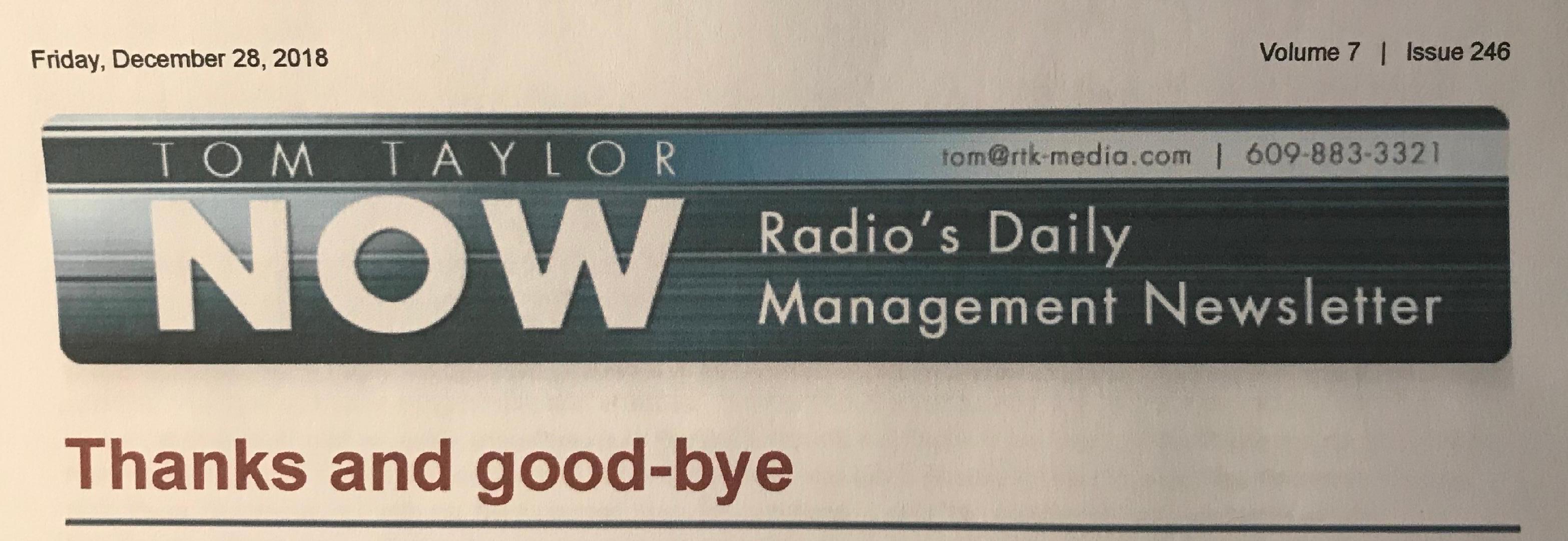While the National Association of Broadcasters (NAB) is still pursuing its goal of getting Congress to pass the “AM Radio in Every Vehicle Act*,” the number of AM radio stations on-the-air continues to shrink.
How Many Radio Stations Are There?
Inside Radio published the latest FCC radio station count and the number of AM radio stations on-the-air continues to shrink.
In 1968, I passed my 3rd Class Radiotelephone FCC License, Broadcast endorsed, it was also the year that the Federal Communications Commission (FCC) began publishing its Broadcast Station Totals reports.
At that time the FCC said that 4,236 AM radio stations and 2,306 FM radio stations were on the air.
In December 1990, the next report the FCC published became available showing 4,987 AM radio stations and 5,832 full power FM radio stations were now on the air; plus, another 1,866 FM translator/boosters.
It’s worthy to note that the general public cannot tell the difference between a:
- Full power FM
- FM booster
- FM translator signal
as to the FM listener they all are received on a standard AM/FM receiver. Only broadcasters, broadcast engineers and the FCC are concerned about such distinctions.
So, in just the first two decades of my radio career, FM signals outnumbered AM signals by 2,711.
Telecommunications Act of 1996
On February 8, 1996, President William Jefferson Clinton signed into law what is commonly referred to as “The Telcom Act of 96.” The intent of the legislation was to allow more companies to operate in the communications space, but what actually happened was a flurry of mergers and acquisitions as corporate media giants bought out small, local broadcasters.
The FCC reported that as of February 29, 1996 there were:
- 4,906 AM stations
- 7,151 FM stations
- 2,527 FM translators/boosters on-the-air
almost two FM signals beating the airwaves to every AM signal.
A year after the Telcom Act of 96, the number of AM signals began its decline to:
- 4,840 (a loss of 66 AM signals in one year)
- full power FM signals increased to 7,295 (up 144 FM signals)
- FM translator/booster signals grew to 2,744 (up 217 FM signals)
While AM radio signals were signing off, FM radio signals were growing by an additional 361.
Ten Years After Passage of the Telcom Act of 96
On March 31, 2006, ten years after the Telcom Act became law, and the consolidation of the radio industry began, the FCC Broadcast Station Totals report listed:
- 4,759 AM signals
- 8,989 full power FM signals
- 4,049 FM translator/booster signals
and now something new began appearing, Low Power FM signals (LPFM) which numbered 712, meaning the radio listening consumer could now access 13,750 FM signals versus 4,759 AM signals.
Wall Street investors were clearly showing more interest in FM signals than AM signals as their money poured into the radio industry.
Twenty Years After Passage of the Telcom Act of 96
Twenty years after President Clinton signed the Telcom Act and consolidation continued squeezing out the mom and pop broadcasters, the FCC Broadcast Station Totals report listed:
- 4,680 AM signals (down 307 signals from the day I began my broadcast career)
- 10,811 full power FM signals
- 6,582 FM translator/booster signals
- 1,516 LPFM signals
AM signals totaled 4,680 and FM signals totaled 18,908.
Radio Broadcast Signals 2024
Which brings us to the present day report, March 31, 2024. The FCC Broadcast Station Totals report now lists:
- 4,427 AM signals
- 10,983 full power FM signals
- 8,913 FM translator/booster signals
- 1,960 LPFM signals
Remember, the radio listening public DOES NOT distinguish between the different classifications of FM signals, as they all appear on the same FM radio receiver they are using.
To the radio listener, they have
4,427 AM signals compared to 21,856 FM signals
they can access. Almost 5 times as many FM signals as AM signals, and each year we witness those AM signals either reducing their power or just signing off-the-air and turning in their FCC broadcast license.
Radio Dominates in Vehicles
The latest research from Quu ( www.quureport.com ) shows that in 2023 model vehicles:
- 100% of them have an FM radio
- 98% of them have an AM radio
- 98% of them have Android Audio
- 98% of them have Apple CarPlay
- 92% have SiriusXM
- 70% have HD Radio
What surprised me about this research report, was that this was the first time I’ve ever seen separate AM and FM numbers listed. All reporting about radio usage should list AM and FM listening separately. I feel it is disingenuous to give the false impression that AM and FM broadcast signals contribute equally when that’s clearly NOT the case.
Having access to an audio service does not equate to usage.
Fred Jacobs in his TechSurvey 2023 for example, revealed how HD Radio was only listened to by 16% and SiriusXM was only listened to by 28%, which shows that despite their high availability numbers in vehicle dashboards, usage is still low. Unfortunately, AM/FM is never broken apart, but listed together so can they can garner 86% of the listening.

I’m thinking that both HD radio and SiriusXM usage might eclipse AM radio listening, if we were allowed to see AM and FM usage shown separately.
Vehicles On The Road in America Today
According to S&P Global Mobility, there are 284 million vehicles on our roadways and the average age of them continues to rise to a new record of 12.5 years. About 23% of all passenger cars now are 20 years or older with the bulk of them made between 2015 and 2019.
By 2050, when electric vehicles are projected to make up 60% of new sales, the majority of vehicles on America’s highways will still be powered by gasoline, because most vehicles today last twenty years meaning AM radio will still be in most cars, but the bigger question is how many AM radio stations will still be on-the-air.
Radio Needs To Look Forward
In ten to twenty years, AM radio will be at best a niche way to listen to audio.
Where the radio industry and the National Association of Broadcasters should be focusing their time is keeping FM radio viable, in all vehicles and FREE!
Sadly, the FM band is becoming overcrowded with signals and this, I believe, needs to be seriously addressed.
Finally, I would like to believe, as does Scott Shannon, that radio can still succeed in the 21st Century if it will just be “authentic, local, magical, and deliver an audio product with passion.” Or as radio programming consultant and author Valerie Geller puts it:



 I had the honor this past week to attend the 71st Annual New Jersey Broadcasters Association (NJBA) Conference and Gala held at the Tropicana Resort and Casino on the Boardwalk in Atlantic City.
I had the honor this past week to attend the 71st Annual New Jersey Broadcasters Association (NJBA) Conference and Gala held at the Tropicana Resort and Casino on the Boardwalk in Atlantic City.


